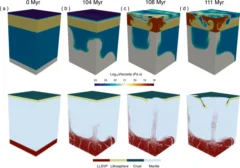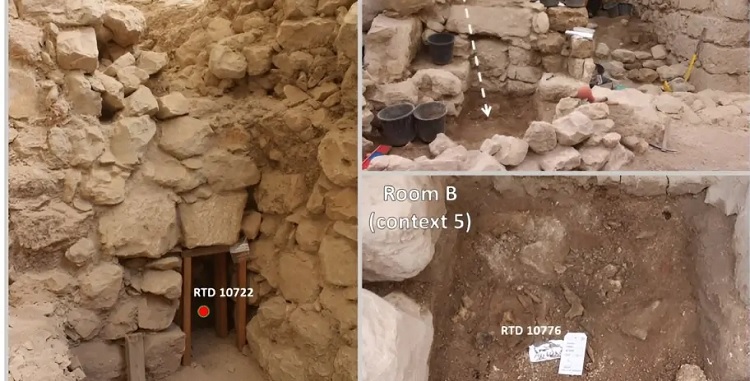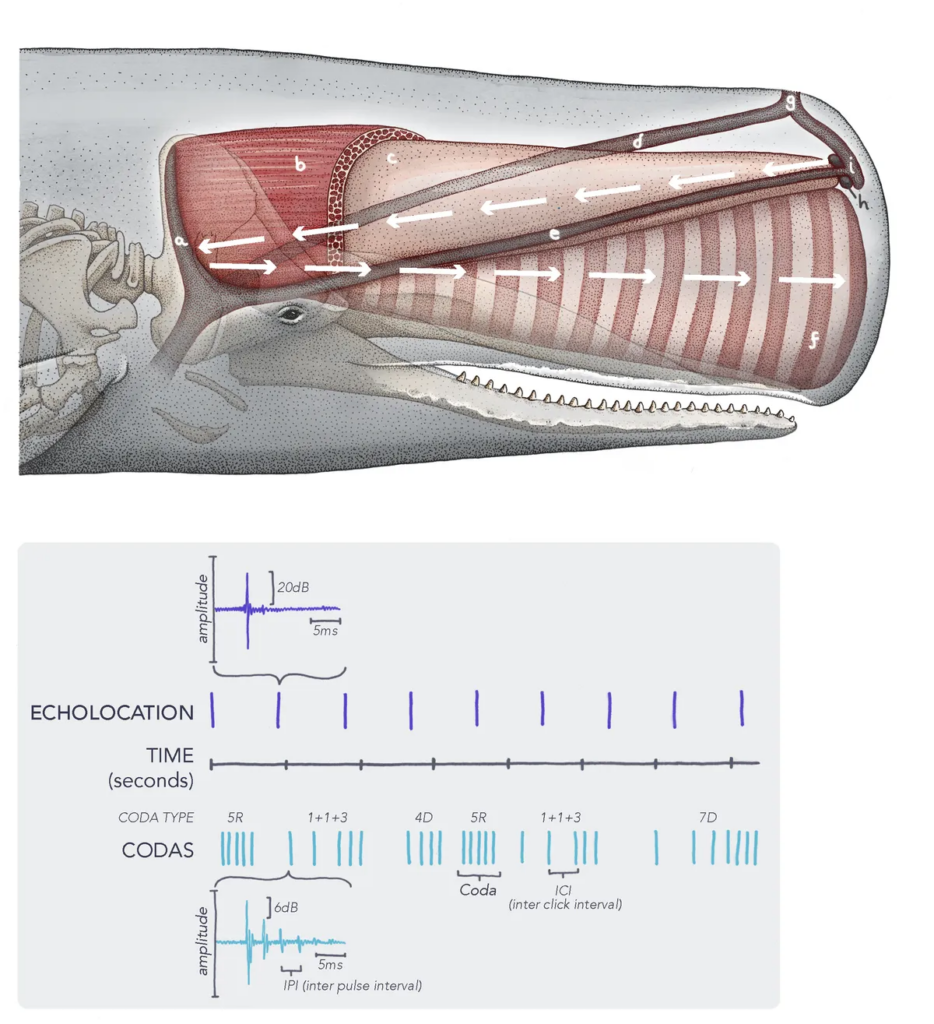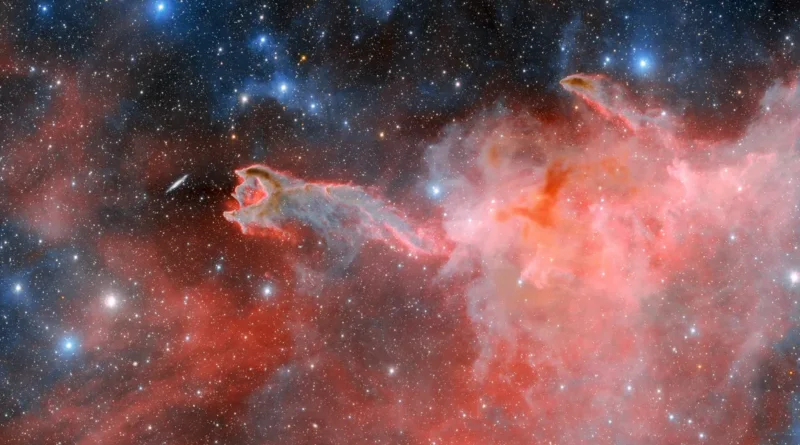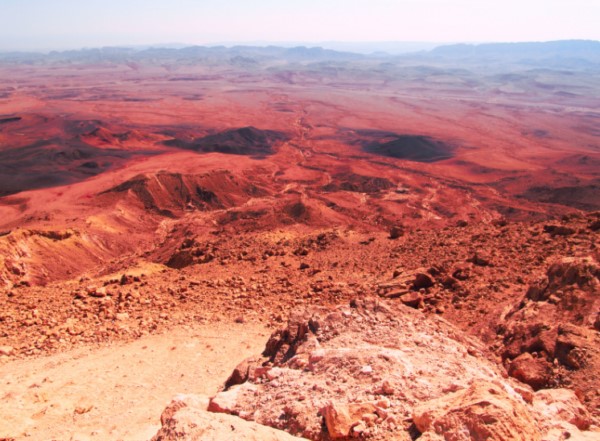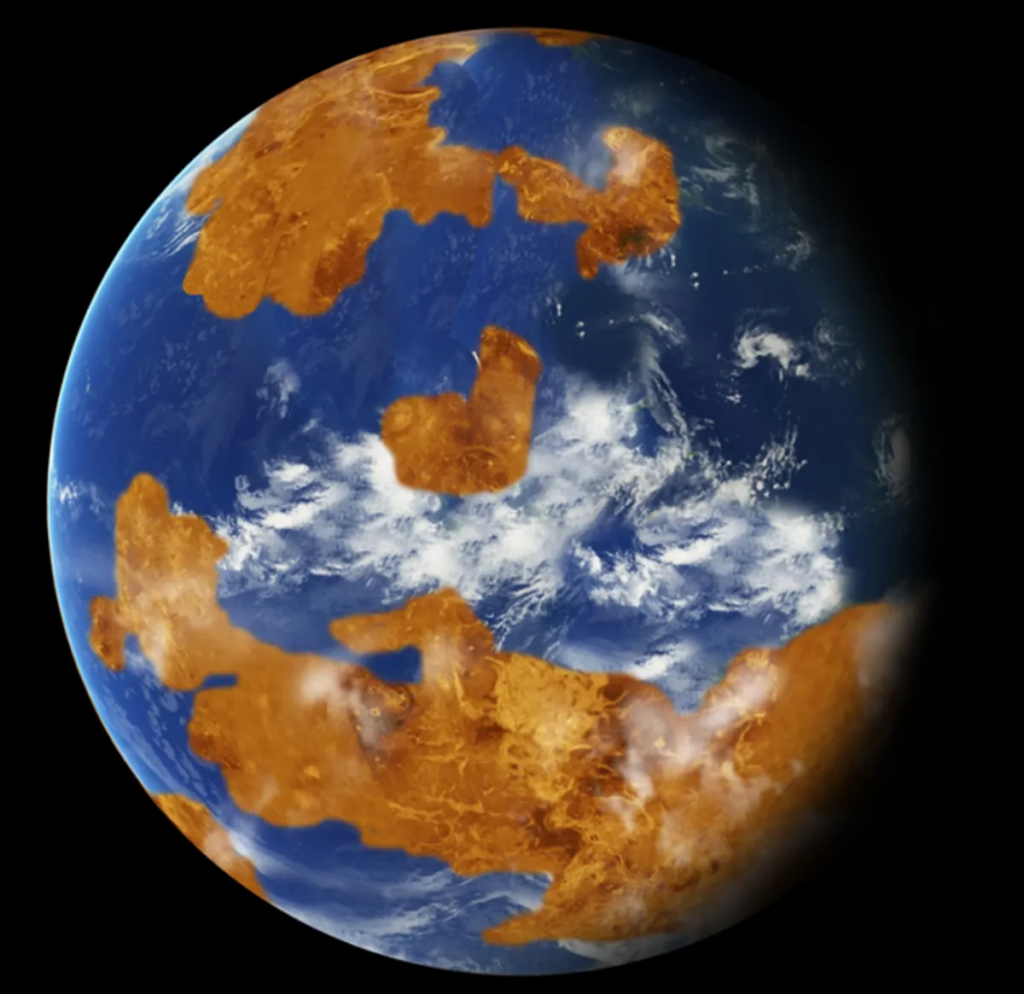Gem Island may sound like a rum-drunk pirate's dream, but if you're cruising the Red Sea, you might be lucky enough to find Zabargad Island. The small island is formed by a barren surface covered with peridotite, a rock covered with beautiful peridot gems.
Zabargad Island is located about 50 kilometers (31 miles) off the coast of southern Egypt in an area of the Red Sea called Fall Bay. Measuring just 4,5 square kilometers (1,74 square miles), it is the largest of the islands found in this bay – and certainly the strangest.
Zabargad also has the reputation of a "deserted island". There is very little fresh water and almost no life except for some breeding seabirds and rare ospreys. However, what it lacks in biodiversity, it makes up for in geology and history.
In ancient times, peridot was mined on the island, which was used in the jewelry of the kings who ruled the ancient kingdoms of the Mediterranean. Some of the earliest evidence of mining in Zabargad can be traced back to the time of the ancient Egyptians over 3500 years ago.
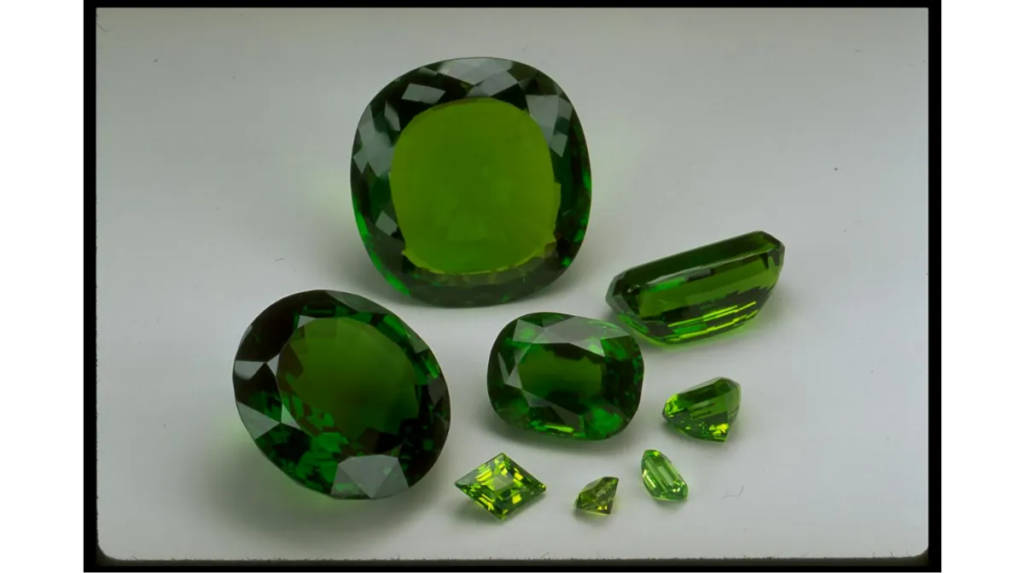
The ancient Greeks called the island "Topazios" because they considered it the source of topaz gemstones. However, scientists later determined that the rocky substance on the surface of the island is peridotite, a coarse-grained igneous rock rich in olivine and pyroxene. Clusters of jewelry-grade olivine can form in peridotite, which appear as a bright green gemstone known as peridot.
This rock was forged in the bowels of our planet, more than 150 kilometers (93 miles) below the surface in the Earth's upper mantle. Buried in the red-hot mantle and subjected to extreme pressure, peridotite was once a viscous magma that later cooled, solidified, and was brought to the surface.
It appeared on the Earth's surface as a result of a deep geological fault that occurred tens of millions of years ago, most likely around the early Cretaceous. The collision of tectonic plates led to the fact that part of the mantle rose to the earth's crust, forming a bizarre island consisting mainly of peridotite.
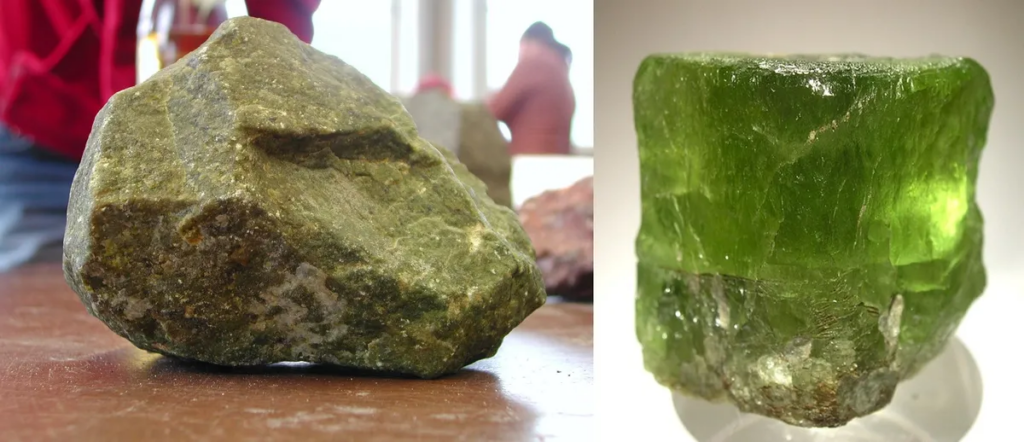
The island is still on top of a center of tectonic activity because it is located near the Red Sea Rift, a mid-ocean ridge that marks the junction between the African and Arabian plates. The lower part of the ridge also intersects with the East African Rift Valley, which is an extremely important piece of the Earth's ever-changing puzzle.
Considering how important Zabargad was to the ancient world, it is surprising that it is relatively unknown in the modern world. Peridotite mining continued on the island until the early 20th century, but almost completely ceased after the Egyptian government nationalized the country's mines in 1958. Today, the largest producer of peridotite is Norway - Egypt is not even in the top 10.


 237
237





